Africa Safari Wildlife Guide
For most people, a trip to Africa means one thing and one thing only - safari. And the highlight of any safari is watching the famous wildlife out in their natural habitats, on the prowl for their next hunt, congregating around watering holes or simply lounging under African skies. To help you make the most of your visit to the continent, we've put together this easy reference guide to where you'll find the Big 5 and much more besides in Africa's most popular national parks with a quick look at when best to visit for optimal wildlife-spotting opportunities.
Where to see Africa's wildlife
The chart below shows where you'll find populations of wildlife in some of Africa's most popular national parks from eastern to southern Africa. Some populations are smaller than others, and some creatures more shy, so there's no guarantee that you'll spot animals like leopards and white rhino when out on safari but there's always the possibility.
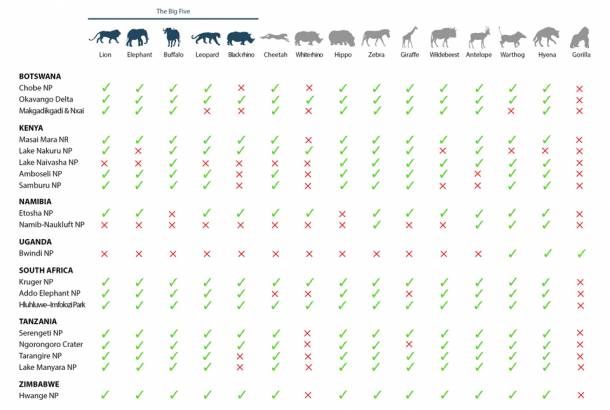
An Introduction to Africa's Wildlife
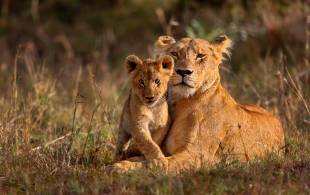
Lion
The African lion is the second largest feline species and the only social big cat, living in prides of up to 15 members. Spread across the plains of eastern and southern Africa, sightings of sleeping lions are common across many of the continent's most popular national parks.
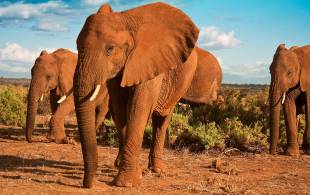
Elephant
The world's largest land animal wanders across 37 countries in Africa and you're likely to spot at least one elephant, if not a small herd, while out on safari. Watering holes are the best places to spot these majestic creatures as they drink between 30-50 gallons of water every day.
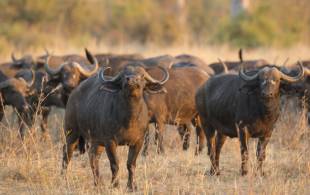
Buffalo
One of Africa's most abundant herbivores gathers in large herds across the continent's savanna and forests and are recognisable thanks to their curved horns that form a continuous bone shield. The males tend to travel solo while females can group together in herds of up to 1,000.
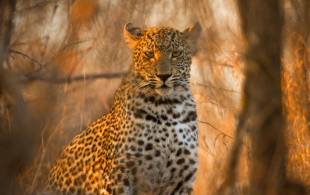
Leopard
The shy and nocturnal leopard is the most difficult of the big cats to find on safari. These solitary creatures spend the day hiding in trees where they can stay out of sight and observe their prey more easily. Its beautiful spotted coat means it blends successfully with its surroundings.
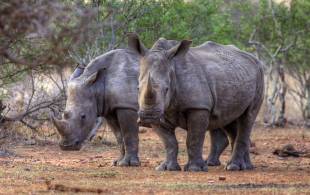
Black Rhino
With just over 5,000 black rhinos left in the wild, it's one of Africa's most critically endangered animals and safari sightings are rare and incredibly special. What distinguishes the black rhino from their cousins is the shape of their mouths with a pointed lip better adapted for picking fruit and leaves from branches.
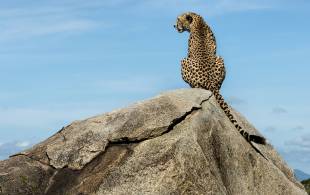
Cheetah
The slender cheetah is built for speed and can reach an impressive 70 mph, making it the world's fastest land animal. Mainly active during the day, cheetahs are particularly common in Namibia with occasional sightings in most other parts of Africa where dry forests, scrub forests and savannas are present.
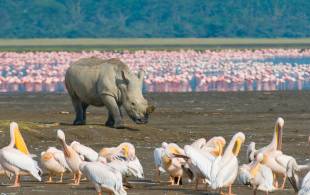
White Rhino
Thanks to conservation efforts over the past decades, the white rhino has been brought back from the edge of extinction. Recently reintroduced to Botswana though absent in Tanzania, the white rhino is largely found in South Africa and is distinguished from the black rhino by its flat, wide mouth.
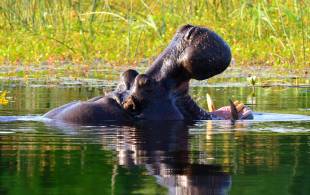
Hippo
The semi-aquatic hippopotamus is the third largest land mammal and one of Africa's most dangerous with an aggressive nature and unpredictable behaviour. They are mostly seen soaking in rivers and lakes where they claim territory, or staying cool in shallow mud. At dusk they come out to graze.
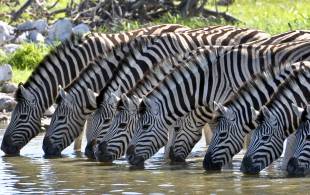
Zebra
The distinctive black and white striped zebra is one of Africa's most recognisable and most easily spotted animals. Highly social creatures that prefer to graze together in large herds, they are commonly seen in groups on the grasslands, savannas and woodlands of southern and eastern Africa.
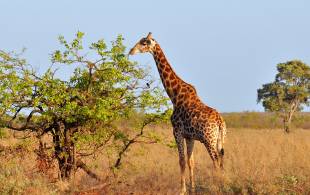
Giraffe
The world's tallest mammal is not one you'll miss when out on safari with an average height of 14 to 19 feet. Giraffes are most commonly seen in small groups roaming the open grasslands and munching on leaves high up in the tree tops, and spend most of their lives standing up.
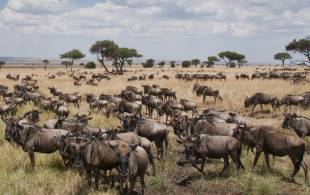
Wildebeest
The wildebeest is Africa's most abundant game species and its migratory pattern gives rise to one of the greatest wildlife spectacles on the planet - the Great Wildebeest Migration when herds of hundreds of thousands make their way from the plains of Kenya to neighbouring Tanzania.
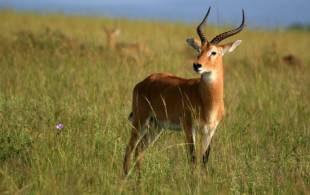
Antelope
Many of the 91 different species of antelope are native to Africa and you're likely to see a few different types when on safari. Some of the most common antelope species include the spiral-horned kudu, the graceful impala, the shaggy-coat nyala and the slightly humped eland.
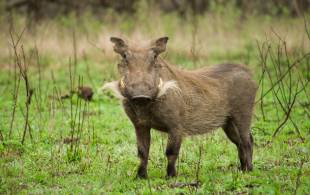
Warthog
Belonging to the same family as the domestic pig, the warthog is widespread across Africa and grazes in savanna habitats and even in more arid regions. Able to survive long periods without water, they like to wallow in mud and shallow waters when they do find a water source.
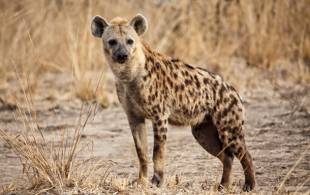
Hyena
Known for their characteristic laugh-like calls, hyenas are Africa's most common large carnivore. The striped hyena's reputation as a scavenger is perfectly justified as it mostly lives off carrion killed by other predators but the spotted hyena catches the vast majority of what it eats.
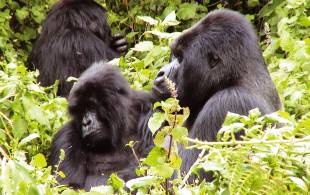
Gorilla
Inhabiting the forests of central Africa, the critically endangered mountain gorilla is one of rarest animals on the continent and now only found in the Congo Basin, which includes Uganda, Rwanda and the Democratic Republic of the Congo. Seeing them in the wild is truly unforgettable.
When best to see Africa's wildlife
Now you know where to go to find Africa's famous animal residents, here's a handy overview of when best to go. For more detailed information on the best time to visit each country, head to the Travel Guide section on the relevant country homepage.
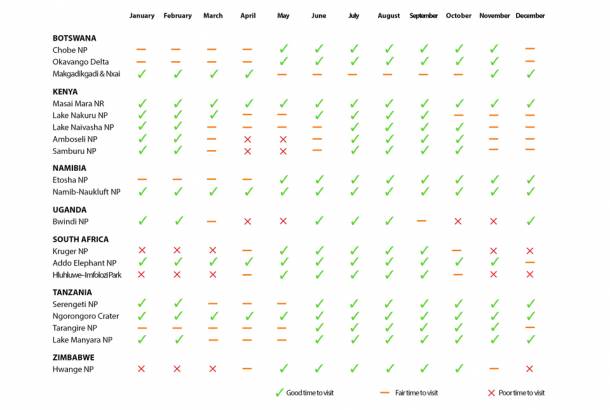
Tips for a Successful Safari
For many people, the more animals you've spotted while out on safari, the more successful the safari and if you've spotted all of the Big 5 then you've had a particularly good run of luck. It doesn't all have to come down to luck, however, and there are a few tips you can follow to ensure maximum wildlife-spotting opportunities.
Visit during the optimum season - Wildlife is more readily seen during the dry season when water sources are more sporadic and larger numbers of animals congregate around the few remaining watering holes. During the dry season, vegetation is also a lot sparser making it easier to spot animals in the grasslands.
Safari at the right time of day - Africa's predators are most active at dawn and dusk when temperatures are cooler and the conditions are better suited for hunting. The midday sun causes the majority of animals to seek shelter away from the roads and trails so they're much harder to find.
Know where to look - Not all animals will be out on the plains and it's wise to keep your eyes peeled at all times. Search the trees for leopards and grazing giraffe, watch the surface of rivers and lakes for submerged hippos and crocodile, and keep an eye out for rocky outcrops where prides of lion may be resting.
Take binoculars with you - Africa's wildlife are well-adapted to their conditions with coats of fur that make sure they blend into their surroundings so having a good pair of binoculars can help you more easily identify the outline of hidden animals or those further away.